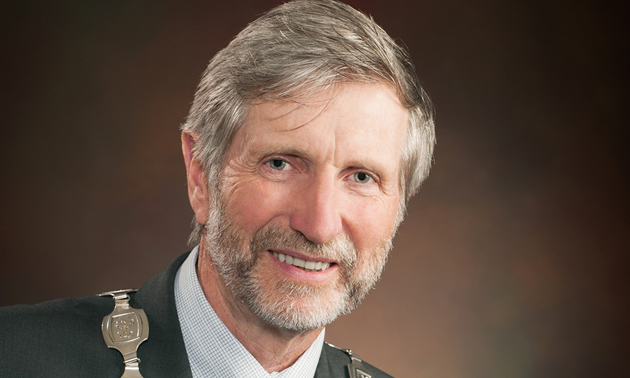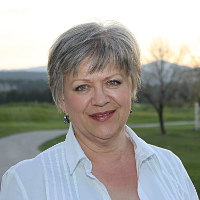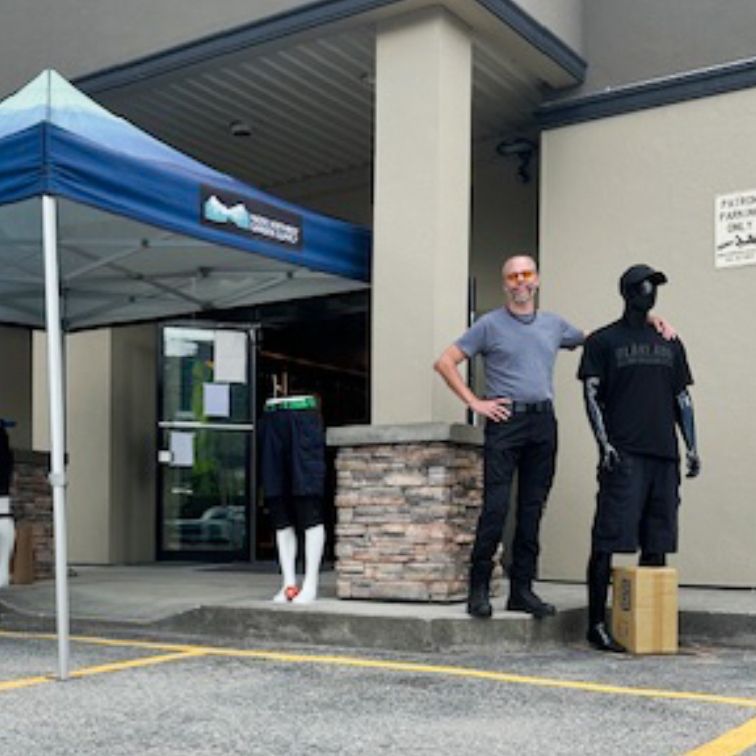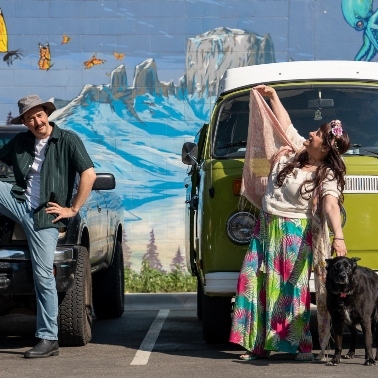Community outlook 2013: collaboration and growth for Nelson
Collaboration on many levels adds power to every process

John Dooley is the mayor of Nelson, B.C. — Photo courtesy John Dooley
His soft Irish brogue may hint that John Dooley, mayor of Nelson, has a laissez-faire attitude, but it’s not so. When the administration and citizens of Nelson and area invest time and resources in making a plan, Dooley wants that plan to have results.
“I don’t believe in doing a study and then putting it on the shelf,” he said.
Projects in the works
The Downtown Waterfront Master Plan is one example. The community was involved in formulating the plan, and redevelopment work is already in progress.
“There will be walking corridors, more outdoor cafés and revitalization of what we’re now calling Railtown,” Dooley said. “That whole area should be completely done within two years, and will be a regional hub for economic development and tourism.”
The 2011 census showed that Nelson’s population has grown to over 10,000 for the first time in years. The increasing population in the surrounding area as well means increased revenue and increased need for amenities.
“We’re very proud of our progress with our core services,” said Dooley. “We’re one of the leaders in the province—maybe in the whole country—to tackle our infrastructure deficit. We’re very much on target to get our work done.”
The power of collaboration
An existing regional collaboration was expanded in 2012 to include Rossland along with the four chambers of commerce and economic development groups for Nelson and the Lower Kootenay region (Trail, Fruitvale and Montrose).
“I’m a believer in collaboration among the regions,” Dooley said. “We know that prosperity in one region spreads to others.”
Dooley and the collaborating entities in the region have been working with Terri Macdonald, regional innovation chair at Selkirk College, on the employment lands inventory to determine the types of opportunities there are for additional expansion and development of business.
“Breaking down barriers of parochialism and looking at the economy on a larger scale of 84,000 people instead of small pockets makes us more effective,” Dooley said.
In with the new
2013 will see Nelson’s skyline change. Kootenay Co-Op is planning to build upwards of 40 housing units atop its new premises in the former Extra Foods building downtown, and a large development is planned for the northeast end of the city’s waterfront, including townhouses, condominiums, a small commercial centre and a hotel.
“We hope to move the transfer station from its present location on the waterfront so we can build a park there,” Dooley said. “2013 is going to be very busy for us.”






Comments